It has long been a dream of mine to collect a daily log of screen caps and videos that illustrate the growth and development of one eaglet from hatch through fledge, and which can serve as a framework for discussion of the many milestones in an eagle’s first 3 months of life. This year, thanks to the superb camera setup at the Bluff City nest in Tennessee, operated by East Tennessee State University (ETSU), I have been able to realize this dream.
I have created a series of pages that includes a general introduction to eaglet growth and development, daily photos of young BC14 from hatch on 3/11/19 to fledge on 5/31/19, and a list of references. I will be adding more pages to the series, covering specific eaglet features like feathers, feet, and various behaviors as it grows.
These pages would not have been possible without the assistance and support of Michelle France, camera operator and keen observer at the ETSU nests, who not only expertly zoomed, panned, and tilted the sometimes touchy cam, often catering to my requests, but also created a treasure trove of screen caps and videos every day which has been invaluable in my quest for daily shots.
I also must thank my long-time eagle-watching buddy Donna Young, whose careful observations over a decade have greatly enriched my understanding of eagle behavior. Our countless conversations have helped shape this project and contributed enormously to the information I have gathered and presented.
The series I am launching today is found under the Menu item “Eaglet Growth” and so far includes:
- Introduction to Eaglet Growth and Development
- Daily Eaglet Photos with commentary. This page begins with a close-up video of BC14’s hatch in slow motion and concludes with a video of the fledge.
- References
More pages are in the works.

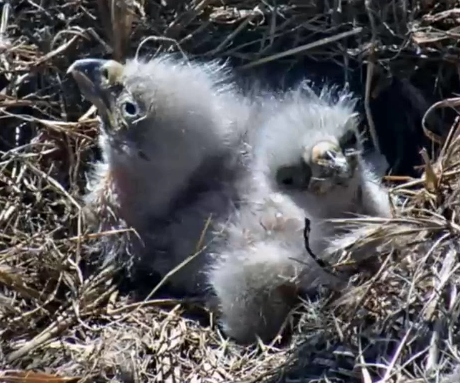
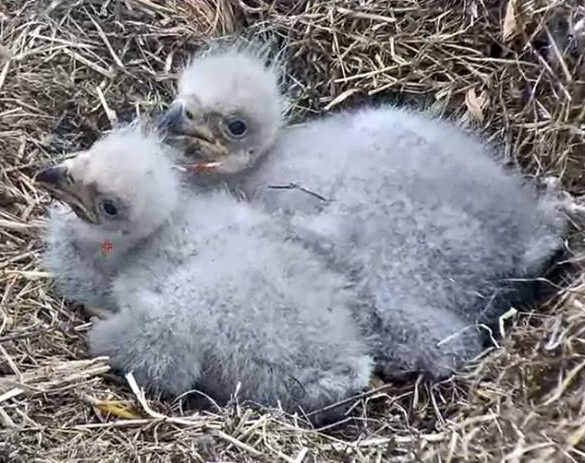
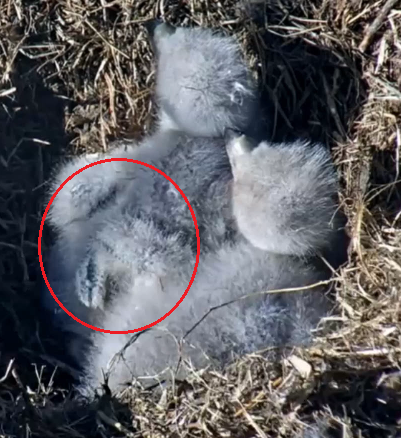
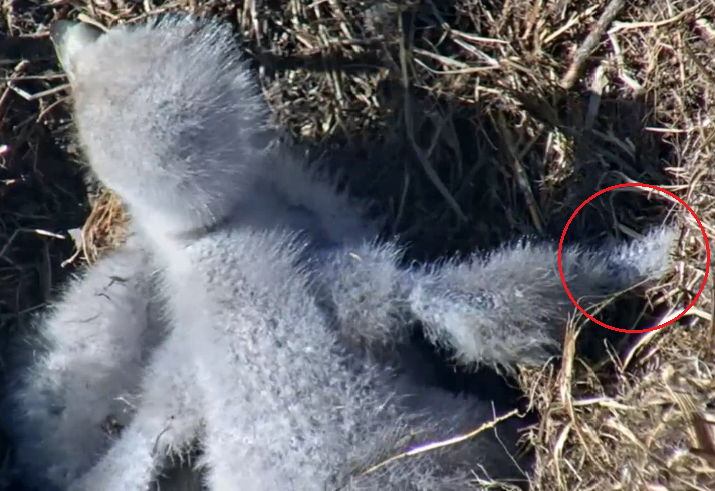
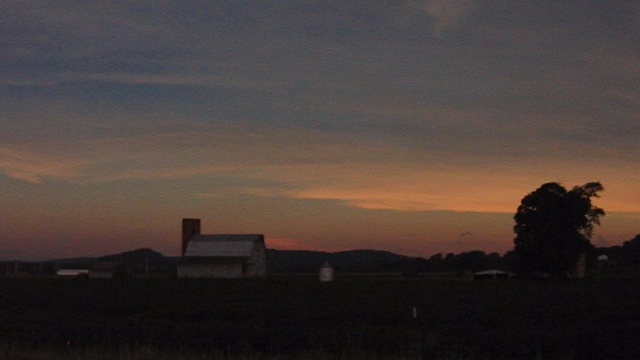
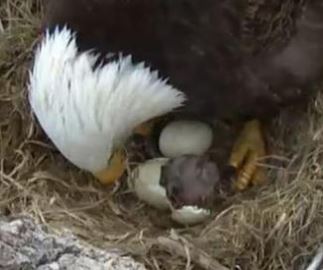
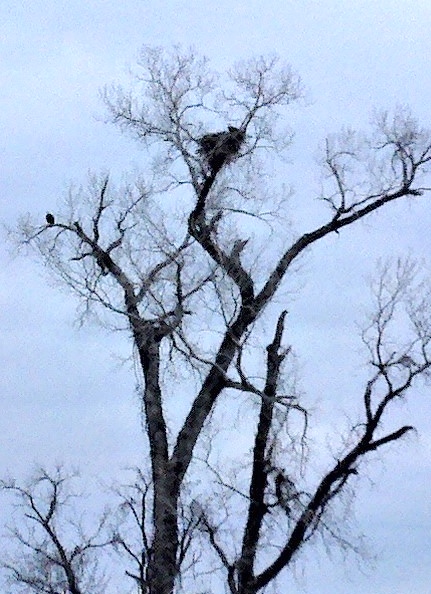
You must be logged in to post a comment.